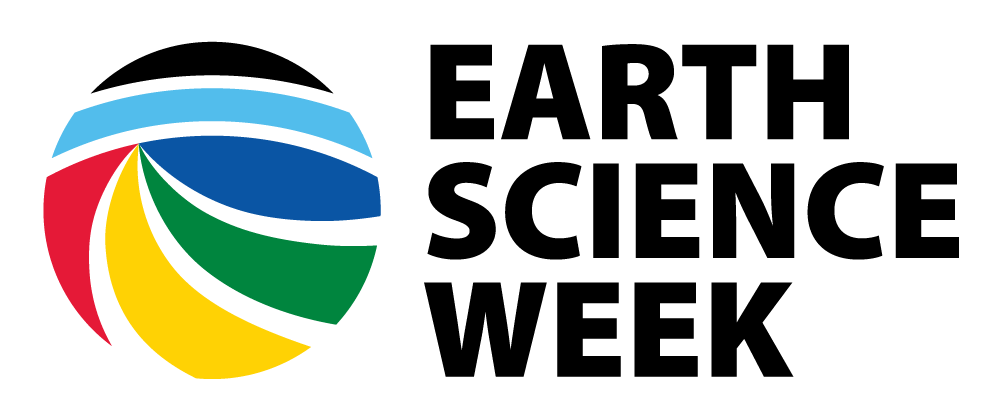Be a Citizen Scientist!
Be a Citizen Scientist! The USGS sponsors or has partnerships with many citizen science programs that are appropriate for classroom
projects, for individual students, or for interested citizens.
USGS
Hazards Did You Feel It?
People who experience an earthquake are encouraged to go online and share information about its effects to help create a map of shaking intensities and damage. These “Community Internet Intensity Maps” contribute greatly toward the quick assessment of the scope of an earthquake emergency and provide valuable data for earthquake research.
[Read More]
